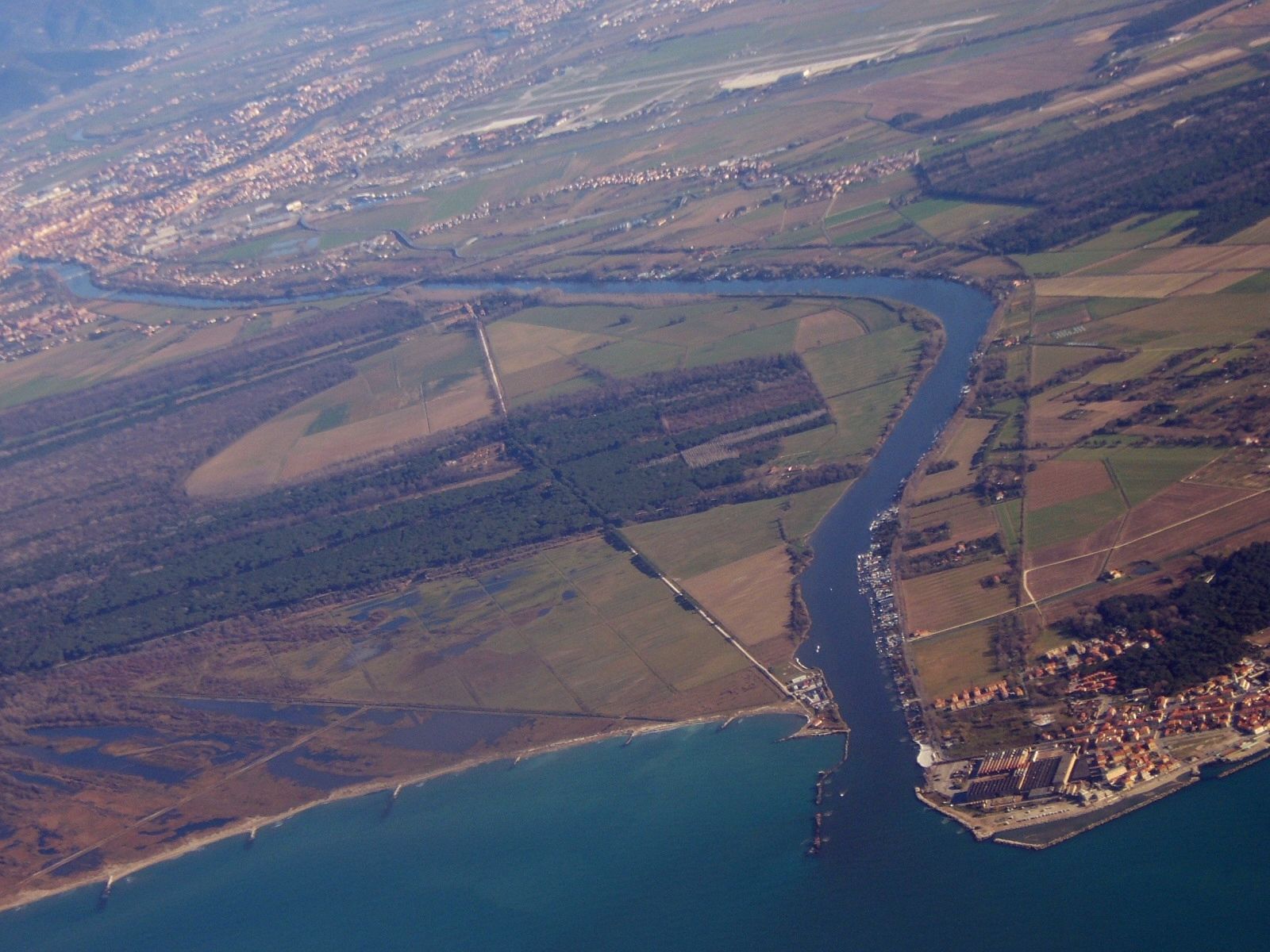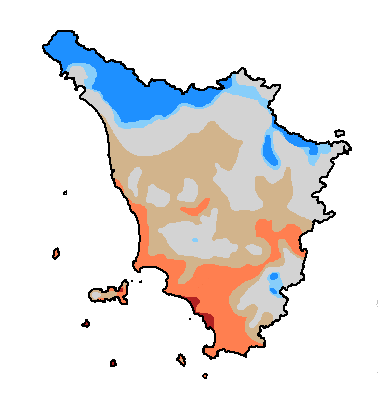|
Peccioli
Peccioli () is a ''comune'' (municipality) in the Province of Pisa in the Italian region Tuscany, located about southwest of Florence and about southeast of Pisa. Main sights *''Pieve'' di San Varano, most likely built between the end of the 11th and the beginning of the 12th century. It has a façade with five blind arcades and Lombard bands. The belltower, from 1885, inglobates remains of the medieval structure. The interior has a nave and two aisles: it houses canvasses from Jacopo Vignali, an 18th-century crucifix, a ''Madonna with Child and Saints'' by Neri di Bicci (1484) and two paintints from the 13th century Pisan school. *Chapel of ''Santa Caterina'', including a late 15th-century tabernacle frescoed by Benozzo Gozzoli when he had moved in the area to escape plague Plague or The Plague may refer to: Agriculture, fauna, and medicine *Plague (disease), a disease caused by ''Yersinia pestis'' * An epidemic of infectious disease (medical or agricultural) * A pandemic ... [...More Info...] [...Related Items...] OR: [Wikipedia] [Google] [Baidu] |
Libbiano, Peccioli
Libbiano is a village in Tuscany, central Italy, administratively a frazione of the comune of Peccioli, province of Pisa. At the time of the 2001 census its population was 23. Istat. Libbiano is about 45 km from Pisa
Pisa ( , or ) is a city and ''comune'' in Tuscany, central Italy, straddling the Arno just before it empties into the Ligurian Sea. It is the capital city of the Province of ...
[...More Info...] [...Related Items...] OR: [Wikipedia] [Google] [Baidu] |
Fabbrica, Peccioli
Fabbrica is a village in Tuscany, central Italy, administratively a frazione of the comune of Peccioli, province of Pisa The province of Pisa ( it, provincia di Pisa) is a province in the Tuscany region of central Italy. Its capital is the city of Pisa. With an area of and a total population of 421,642 (), it is the second most populous and fifth largest province .... At the time of the 2001 census its population was 692. Istat. References [...More Info...] [...Related Items...] OR: [Wikipedia] [Google] [Baidu] |
Ghizzano
Ghizzano is a village in Tuscany, central Italy, administratively a frazione of the comune of Peccioli, province of Pisa. At the time of the 2001 census its population was 312. Istat. Ghizzano is about 45 km from Pisa
Pisa ( , or ) is a city and ''comune'' in Tuscany, central Italy, straddling the Arno just before it empties into the Ligurian Sea. It is the capital city of the Province o ...
[...More Info...] [...Related Items...] OR: [Wikipedia] [Google] [Baidu] |
Montecchio, Peccioli
Montecchio is a village in Tuscany, central Italy, administratively a frazione of the comune of Peccioli, province of Pisa The province of Pisa ( it, provincia di Pisa) is a province in the Tuscany region of central Italy. Its capital is the city of Pisa. With an area of and a total population of 421,642 (), it is the second most populous and fifth largest province .... At the time of the 2001 census its population was 158. Istat. References [...More Info...] [...Related Items...] OR: [Wikipedia] [Google] [Baidu] |
Cedri
Cedri is a village in Tuscany, central Italy, administratively a frazione of the comune of Peccioli, province of Pisa. At the time of the 2006 parish census its population was 35. Cedri is about 50 km from Pisa Pisa ( , or ) is a city and ''comune'' in Tuscany, central Italy, straddling the Arno just before it empties into the Ligurian Sea. It is the capital city of the Province of Pisa. Although Pisa is known worldwide for its leaning tower, the ... and 13 km from Peccioli. References Frazioni of the Province of Pisa {{Pisa-geo-stub ... [...More Info...] [...Related Items...] OR: [Wikipedia] [Google] [Baidu] |
Montelopio
Montelopio is a village in Tuscany, central Italy, that is administratively a frazione of the comune of Peccioli, province of Pisa The province of Pisa ( it, provincia di Pisa) is a province in the Tuscany region of central Italy. Its capital is the city of Pisa. With an area of and a total population of 421,642 (), it is the second most populous and fifth largest province .... At the time of the 2001 census its population was 65. Istat. References [...More Info...] [...Related Items...] OR: [Wikipedia] [Google] [Baidu] |
Province Of Pisa
The province of Pisa ( it, provincia di Pisa) is a province in the Tuscany region of central Italy. Its capital is the city of Pisa. With an area of and a total population of 421,642 (), it is the second most populous and fifth largest province of Tuscany. It is subdivided into 37 ''comuni''. With a history that dates to the Etruscans and Phoenicians, the province achieved considerable power and influence in the Mediterranean in the 12th and 13th centuries. Pisa, the provincial capital, is known for its Leaning Tower, and other historic landmarks that attract tourists. History The area has a long maritime history dating back to the Etruscans, the Phoenicians and the Gauls. Under the Roman Empire, it was responsible for naval battles against the Ligurians, Gauls and Carthaginians, becoming a Roman colony in 180 B.C. and gaining further colonial independence under Julius Caesar. Thanks to its complex river system, with the fall of the Roman Empire, Pisa did not suffer unduly and w ... [...More Info...] [...Related Items...] OR: [Wikipedia] [Google] [Baidu] |
Legoli
Legoli is a village in Tuscany, central Italy, administratively a frazione of the comune of Peccioli, province of Pisa The province of Pisa ( it, provincia di Pisa) is a province in the Tuscany region of central Italy. Its capital is the city of Pisa. With an area of and a total population of 421,642 (), it is the second most populous and fifth largest province .... At the time of the 2001 census its population was 259. Istat. References [...More Info...] [...Related Items...] OR: [Wikipedia] [Google] [Baidu] |
Tuscany
it, Toscano (man) it, Toscana (woman) , population_note = , population_blank1_title = , population_blank1 = , demographics_type1 = Citizenship , demographics1_footnotes = , demographics1_title1 = Italian , demographics1_info1 = 90% , demographics1_title2 = , demographics1_info2 = , demographics1_title3 = , demographics1_info3 = , timezone1 = CET , utc_offset1 = +1 , timezone1_DST = CEST , utc_offset1_DST = +2 , postal_code_type = , postal_code = , area_code_type = ISO 3166 code , area_code = IT-52 , blank_name_sec1 = GDP (nominal) , blank_info_sec1 = €118 billion (2018) , blank1_name_sec1 = GDP per capita , blank1_info_sec1 = €31,500 (2018) , blank2_name_sec1 = HDI (2019) , blank2_info_sec1 = 0.907 • 6th of 21 , blank_name_sec2 = NUTS Region , blank_info_sec2 ... [...More Info...] [...Related Items...] OR: [Wikipedia] [Google] [Baidu] |
Lombard Band
A Lombard band is a decorative blind arcade, usually located on the exterior of building. It was frequently used during the Romanesque and Gothic periods of Western architecture. It resembles a frieze of arches. Lombard bands are believed to have been first used during the First Romanesque period, in the early 11th century. At that time, they were the most common architectural decorative motif for facades in regions such as Lombardy, Aragon and Catalonia. Arches of early Christian buildings of Ravenna, such as the Mausoleum of Galla Placidia, have been suggested as the origin of Lombard bands. See also * Lombard architecture * Lesene (low-relief pillars), another Lombardic element Similar-looking structures: * Corbels * Jettying Jettying (jetty, jutty, from Old French ''getee, jette'') is a building technique used in medieval timber-frame buildings in which an upper floor projects beyond the dimensions of the floor below. This has the advantage of increasing the availa ... [...More Info...] [...Related Items...] OR: [Wikipedia] [Google] [Baidu] |
Benozzo Gozzoli
Benozzo Gozzoli (4 October 1497) was an Italian Renaissance painter from Florence. A pupil of Fra Angelico, Gozzoli is best known for a series of murals in the Magi Chapel of the Palazzo Medici-Riccardi, depicting festive, vibrant processions with fine attention to detail and a pronounced International Gothic influence. The chapel's fresco cycle reveals a new Renaissance interest in nature with its realistic depiction of landscapes and vivid human portraits. Gozzoli is considered one of the most prolific fresco painters of his generation. While he was mainly active in Tuscany, he also worked in Umbria and Rome.Ailsa Turner. "Gozzoli, Benozzo." Grove Art Online. Oxford Art Online. Oxford University Press. Web. 7 June 2016 Biography Apprenticeship Gozzoli was born Benozzo di Lese, son of a tailor, in the village of Sant'Ilario a Colombano around 1421. His family moved to nearby Florence in 1427. According to the 16th century Italian biographer Giorgio Vasari, Gozzoli was a pup ... [...More Info...] [...Related Items...] OR: [Wikipedia] [Google] [Baidu] |
Church Tabernacle
A tabernacle or sacrament house is a fixed, locked box in which the Eucharist (consecrated communion hosts) is stored as part of the " reserved sacrament" rite. A container for the same purpose, which is set directly into a wall, is called an '' aumbry''. Within Catholicism, Eastern Orthodoxy, and in some traditions of Anglicanism and Lutheranism, the tabernacle is a box-like or dome-like vessel for the exclusive reservation of the consecrated Eucharist. It is normally made from precious metals, stone or wood, and is lockable and secured to the altar or adjacent wall to prevent the consecrated elements within from being removed without authorization. These denominations believe that the Eucharist contains the real presence of Jesus, and thus use the term ''tabernacle'', a word referring to the Old Testament tabernacle, which was the locus of God's presence among the Jewish people. The "reserved Eucharist" is secured in the tabernacle for distribution at services, for use ... [...More Info...] [...Related Items...] OR: [Wikipedia] [Google] [Baidu] |


